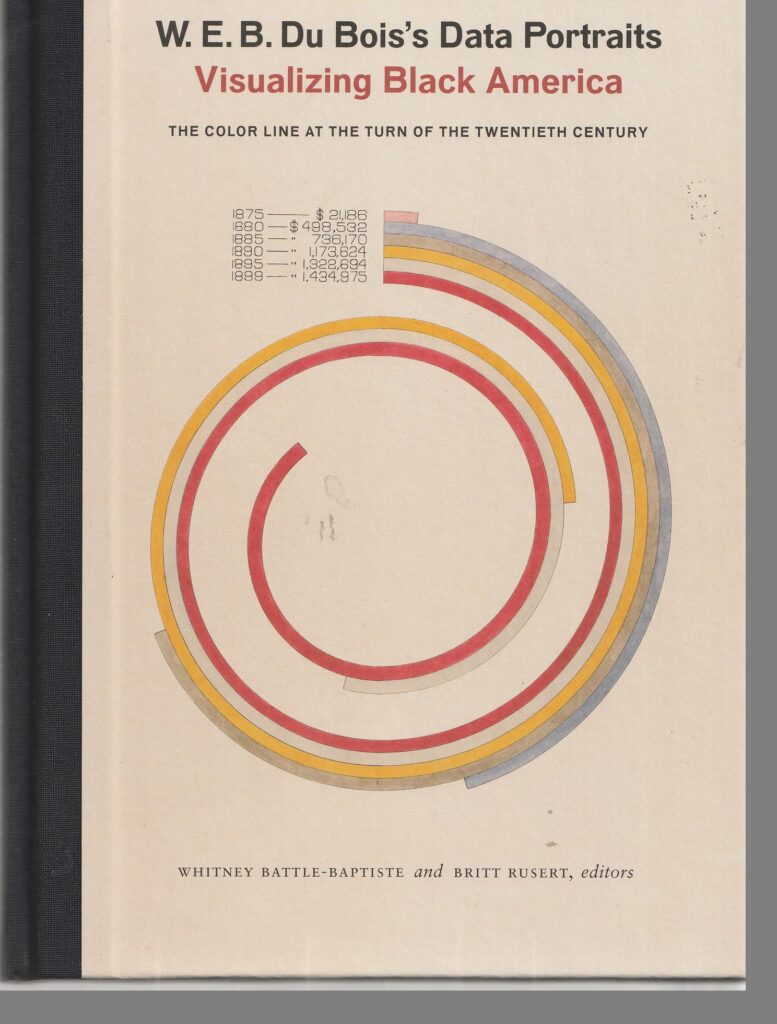
W. E. B. Du Bois, the brilliant Black scholar and one of the most consequential Americans of the 20th century, operated on an international stage where many people had a difficult time believing that he existed.
“At the turn of the century,” writes Aldon Morris, the Leon Forrest Professor of Sociology and African American Studies at Northwestern University, “portrayals of black people as subhuman, incapable of attaining great material and cultural achievements, were commonplace throughout the western world.”
Nonetheless, at the 1900 Exposition Universelle in Paris, not only was Du Bois himself on display in all his intellectual power but so was the American Negro Exhibit which he had done much to shape and which offered a “counterintuitive portrayal” that “violated white thoughts about black people, especially Americans only three decades removed from slavery.” Morris explains:
“Here, African Americans were displayed in a series of photographs and artifacts as a proud people, dressed in splendor, as accomplished scholars and intellectuals studying the world with as much competence as one would imagine from the students of Plato, Copernicus, Alexander Crummell, and Frederick Douglass.”
Blacks in the U.S., just 35 years after the end of slavery, were depicted “as students, lawyers, doctors, major inventors, purchasers of property, and warriors against illiteracy,” forming “a community with its own integrity, intricate culture, and complex social organizations.” Indeed, more than 250 Black-authored books and pamphlets were a key part of the exhibit.
And an even more important element of the exhibit was a collection of pioneering sociological charts called data portraits, vividly colored and inventively designed by Du Bois and a team of scholars. These employed census and other data to visually show how far African Americans had come since Emancipation and how they stacked up against various groups of Europeans. As Morris writes:
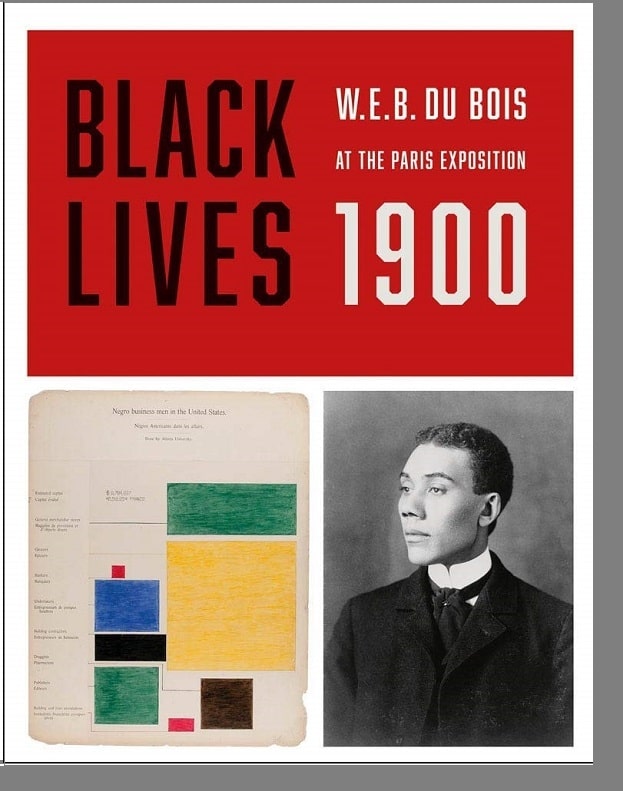
“The collection was a masterpiece of sociology, celebrating black humanity on a world stage.”
A deep resonance today
Morris’s essay “American Negro at Paris, 1900” is the centerpiece of the commentary that introduces a 63-plate facsimile of those data portraits in W. E. B. Du Bois’s Data Portraits: Visualizing Black America — The Color Line at the Turn of the Twentieth Century, published in late 2018 as part of the 150th anniversary of Du Bois’s birth.
Editors Whitney Battle-Baptiste and Britt Rusert note that this was “the first time that the data visualizations are collected together in book form and reproduced in full color.”
A year later, it was followed by Black Lives 1900: W.E.B. Du Bois at the Paris Exposition, edited by Julian Rothenstein, a large 10-by-12-inch format book in which most of Du Bois’s charts are displayed, interspersed with dozens of photos that had been on view in Paris. Very few of these images are in W. E. B. Du Bois’s Data Portraits.
Du Bois and his team were scrupulous in their reliance on statistics in creating the data portraits. Theirs was a scholarly endeavor, as well as evidence to the European audience that Blacks could do scholarly work. But the charts, with their colorful and creative ways of communicating sociological findings, were and remain compelling, even to the non-academic reader.
So it’s no surprise that the two books have been gathering increasing attention since their publication. Indeed, suffusing the two volumes is the recognition that these charts and graphics, and photos, from more than a century ago, have deep resonance today amid the Black Lives Matter movement and the vitriol of its opponents.
Substance, will and grit
The photographs, in Black Lives, include many deeply human images of Blacks, such as one of a young unidentified woman in a head-and-shoulders portrait who looks directly at the camera, close-mouthed, hair tight on her head, her dark eyes and dark eyebrows communicating candor, strength and the vulnerability of youth.
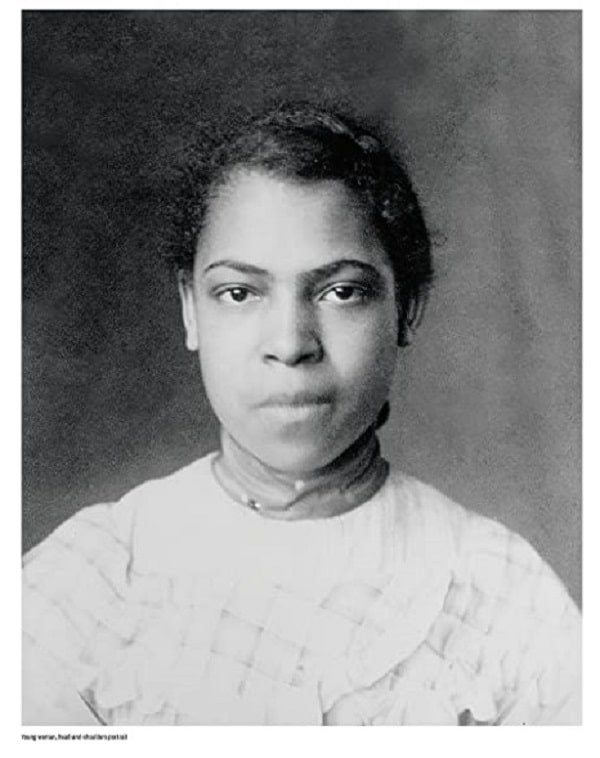
Or a portrait of Powhatan Beaty who was born into slavery in Richmond, won his freedom in Ohio and later volunteered to serve in the Union Army. He was awarded the nation’s highest military decoration, the Medal of Honor, after taking command of his company in an 1864 battle after all officers had been killed or wounded and leading his troops to take Confederate fortifications.
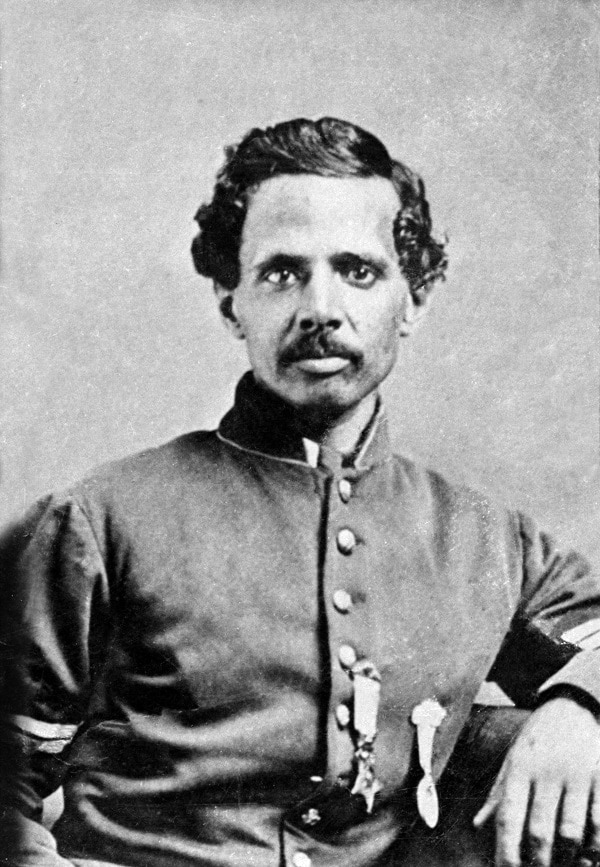
The only reference to this history in the photo is the appearance of the Medal of Honor on Beaty’s army blouse, but it’s easy to miss because the soldier stares at the camera with narrowed eyes and a firm chin as if ready to lead yet another charge. Beaty comes across as a person of substance, will and grit.
Arresting data portraits
The data portraits in both books are similarly arresting, such as one that shows the free and slave proportion among U.S. Blacks from 1790 to 1870. The free blacks, who before 1870, never comprise more than 14 percent of the African American population, are shown in green at the top while, below, the rest of the chart is covered in black and marked “Slaves.” And, then, in 1870, none are slaves.
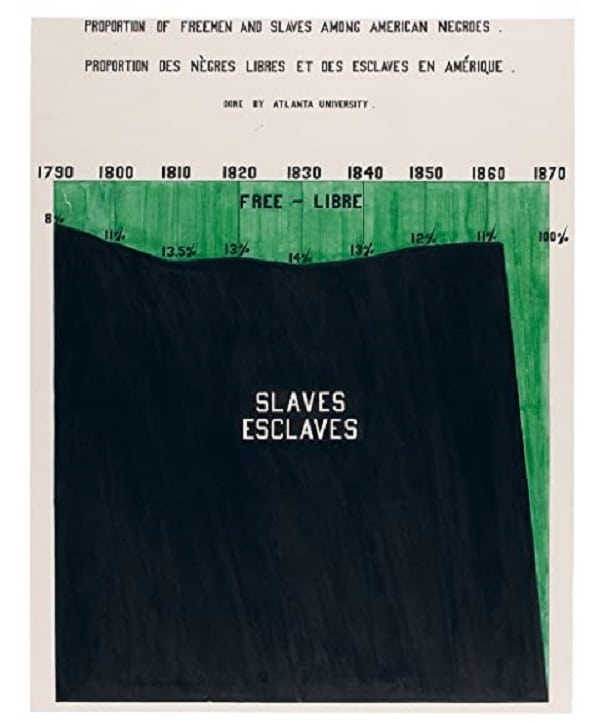
Another shows the percentages of American Blacks as compared with Germans in terms of “Conjugal Condition” — single, married or widowed/divorced — from 15 through 40, from 40 through 60 and from 60 and older. The data shows that Germans were more likely to stay single all their lives. Blacks married in higher numbers in their young adulthood, but, in contrast with the Germans, more Black marriages ended with the death of a spouse or a divorce.
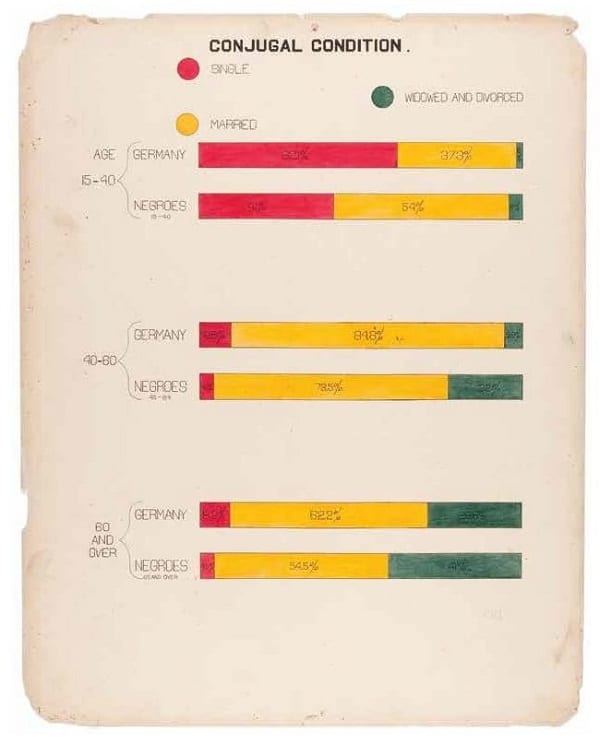
The data portrait “Negro Children Enrolled in the Public Schools” shows a sharp increase from the 72,655 in 1878 to 180,565 in 1897. Yet those gains are even starker and more poignant when the columns for two earlier years are examined.
In 1870, five years after Emancipation, only 10,351 Black children were in school. Ten years earlier, before the Civil War, only seven were. Seven.
Despite obstacles
The aim of the data portraits as well as the photographs and the rest of the American Negro Exhibit was to highlight Black achievements despite the many obstacles thrown in their path, as Morris notes.
“The essence of the exhibit’s narrative declared that African Americans had made amazing progress over just thirty-five years since Emancipation on most dimensions crucial to human well-being. This progress was remarkable given that black Americans had endured over two centuries of slavery, two decades of Jim Crow, and all the oppressive conditions associated with subjugation.”
The one data portrait where that comes to the fore in an unusual way is “Valuation of Town and City Property Owned by Georgia Negroes.” This chart tracks African American real estate wealth between 1870 and 1900, and it is distinguished by a generally rising line — from about $400,000 to, in the early 1890s, more than $5 million.
The line dipped then to about $4.5 million, but Du Bois has uncharacteristically added a note on the graphic that indicates a reason for this was one of the nation’s many 19th century financial panics.
Other notes that he writes on the face of the chart tell still another story about the rising line — that it did not happen unimpeded. In various placed on the face of the chart, Du Bois noted those impediments: “Ku-Kluxism” and “Disfranchisement and Proscriptive Laws” and “Lynching.”
These words weren’t translated into French like the titles and captions of most of the data portraits, but anyone familiar with America knew what Du Bois was talking about.
Patrick T. Reardon
9.16.21
Written by : Patrick T. Reardon
For more than three decades Patrick T. Reardon was an urban affairs writer, a feature writer, a columnist, and an editor for the Chicago Tribune. In 2000 he was one of a team of 50 staff members who won a Pulitzer Prize for explanatory reporting. Now a freelance writer and poet, he has contributed chapters to several books and is the author of Faith Stripped to Its Essence. His website is https://patricktreardon.com/.
